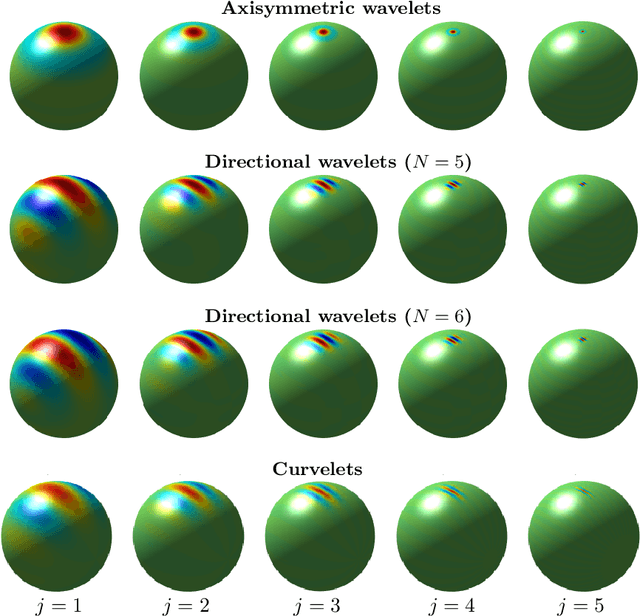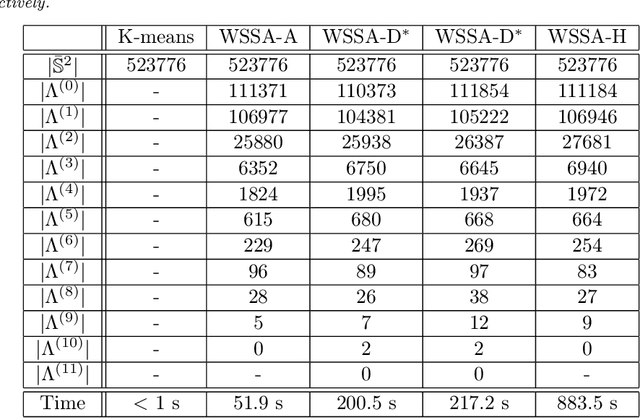Jennifer Y. H. Chan
Wavelet-Based Segmentation on the Sphere
Sep 21, 2016



Abstract:Segmentation is the process of identifying object outlines within images. There are a number of efficient algorithms for segmentation in Euclidean space that depend on the variational approach and partial differential equation modelling. Wavelets have been used successfully in various problems in image processing, including segmentation, inpainting, noise removal, super-resolution image restoration, and many others. Wavelets on the sphere have been developed to solve such problems for data defined on the sphere, which arise in numerous fields such as cosmology and geophysics. In this work, we propose a wavelet-based method to segment images on the sphere, accounting for the underlying geometry of spherical data. Our method is a direct extension of the tight-frame based segmentation method used to automatically identify tube-like structures such as blood vessels in medical imaging. It is compatible with any arbitrary type of wavelet frame defined on the sphere, such as axisymmetric wavelets, directional wavelets, curvelets, and hybrid wavelet constructions. Such an approach allows the desirable properties of wavelets to be naturally inherited in the segmentation process. In particular, directional wavelets and curvelets, which were designed to efficiently capture directional signal content, provide additional advantages in segmenting images containing prominent directional and curvilinear features. We present several numerical experiments, applying our wavelet-based segmentation method, as well as the common K-means method, on real-world spherical images. These experiments demonstrate the superiority of our method and show that it is capable of segmenting different kinds of spherical images, including those with prominent directional features. Moreover, our algorithm is efficient with convergence usually within a few iterations.
 Add to Chrome
Add to Chrome Add to Firefox
Add to Firefox Add to Edge
Add to Edge